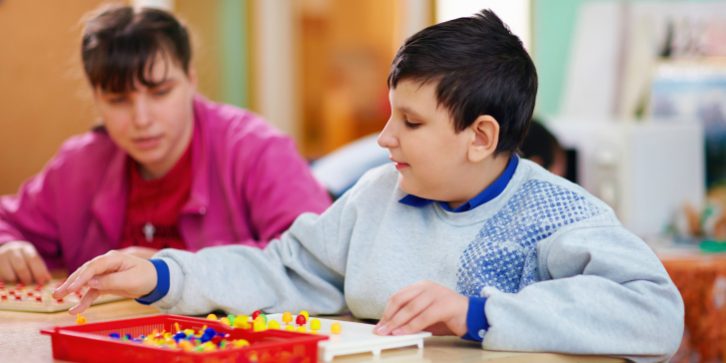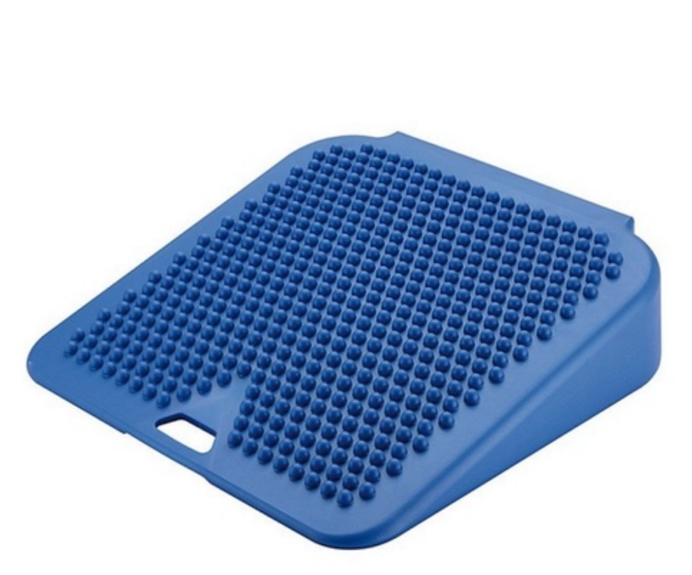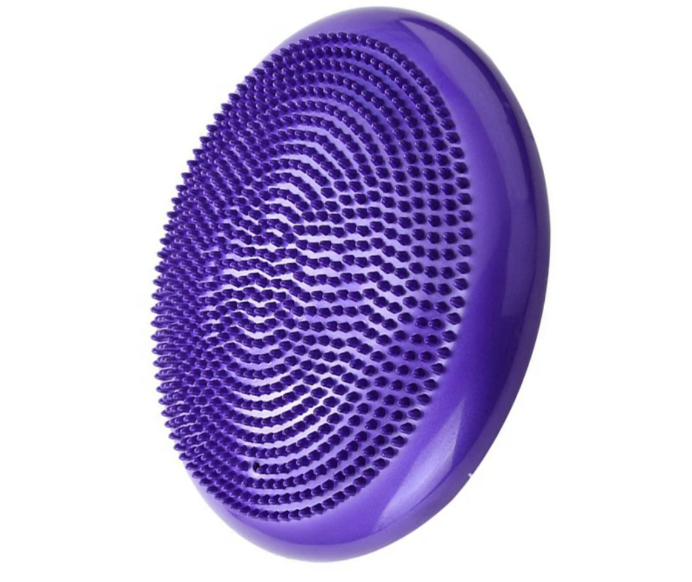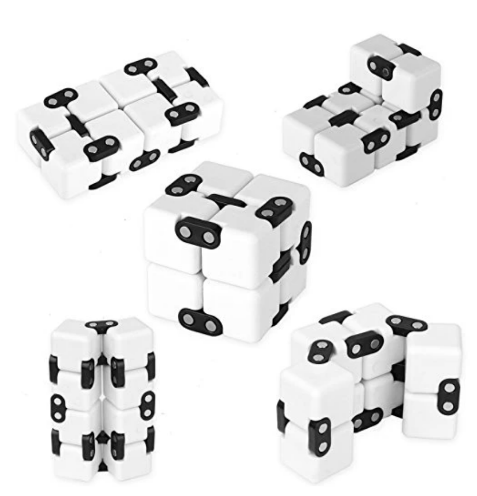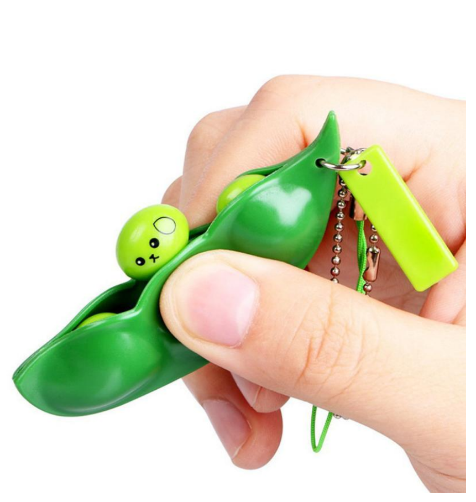Author Justin Clark, Learning Difficulties Tutor in Brisbane.
Children with learning difficulties and disabilities, like ADHD, Autism, Dyslexia, Dyscalculia, and Auditory, Sensory, and Visual Processing Disorders often find it difficult to concentrate in class. They often have to expend extra energy on activities neuro-typical children are able to carry out without thinking, like sitting still, tuning out playground noise to pay attention to instructions, listening quietly, and concentrating on difficult tasks all day long, so it’s not a surprise that their brains get fatigued easily.
To thrive in a classroom environment that poses challenges for them, children with learning difficulties can benefit greatly from the implementation of extra supports and resources to optimise their ability to learn and overall happiness at school. In this blog, we will explain some of our favourite resources and techniques for aiding the success of children with learning difficulties. While some of this advice applies more to a school classroom setting, many of the resources we mention can be helpful in any learning situation, whether it be at school, a desk at home, or a session with a tutor.
1) Structure
Having a structure that the lesson follows can be extremely helpful for children with learning difficulties as it enables them to be prepared for the situations they will encounter in the class, and over time, will help them to become more comfortable with the environment. Knowing what to expect reduces the stress of ‘transition periods’ which are difficult for many kids, and can help children with learning difficulties to be able to switch their focus to a new activity.
Due to the challenges children with learning difficulties often experience at school, it is not uncommon for them to develop anxiety around school situations whether it be about being unable to complete an activity, display expected behaviours or even getting in trouble. Clear, predictable structures can be beneficial in this regard too, to reduce anxiety about ‘unknowns’ or ‘what will happen next’, as the child will be able to predict the pattern of their day.
2) Visual Cues
Maintaining concentration is often a challenge for children with learning difficulties, and visual aids such as picture charts and schedules can help them redirect their attention to the desired activity when facing distraction. Clocks or countdown timers can also be great visual tools, as they are a physical representation of the time left for completing activities, which is often useful in curbing boredom or frustration with a task, and can help kids to stay on track.
3) Rest Breaks
As mentioned above, children with learning difficulties often need to use extra energy to maintain concentration in school, so can become tired more quickly than their neurotypical peers. Frequent rest breaks can be an invaluable tool to aid them in managing brain fatigue, allowing them to stay engaged in learning. Rest breaks will mean different things for different people – some children might like to get up out of their seat and go for a walk around the classroom, others will prefer to go outside and run to reset, some might need a snack or want to switch to a different activity for a while, like drawing or listening to music.
Engage with the child about what works best for them; some kids will like to take rest breaks on a set schedule, whereas others will prefer to have a ‘daily quota’ and be able to take them whenever they need to. Its also important to note that some children are great at recognizing when they need a break, and are able to articulate that they are finding it difficult to concentrate and need a few minutes to reset, while others won’t be able to pick up on the early warning signs just yet and will require assistance and reminders that its time to take a rest break.
4) Wobble Cushions
Wobble cushions and wedge cushions can be incredibly helpful for children with learning difficulties like ADHD, as they provide an outlet for movement while the person stays seated. Children who struggle to sit still and are constantly moving around, wiggling or rocking in their chair are likely to benefit from this kind of aid.
These types of cushions are made from flexible rubber and are inflated with air to create an unstable surface. They encourage the user to engage their core muscles and sit in a more upright position. Wobble cushions provide sensory input, both vestibular and proprioceptive, and allow activity through the instability adjustments created. They also come with raised bumps on one side for extra tactile input if desired. Wobble cushions are really helpful classroom tools as they facilitate movement for the user without them appearing to move in an obvious way, limiting the distractions their movement could create for others. Another added benefit is that they encourage core muscle development and good sitting posture.
They are easily portable and can be used on a chair at a desk at school, on the floor, or at the dinner table, just to name a few ideas. Wobble cushions are widely available (they even sell them at Kmart!) and fairly inexpensive, making them an accessible sensory tool.
5) Balance Stools
Balance stools are an ‘active sitting’ option that replaces a traditional chair. They usually have a curved base which enables them to move freely, requiring input from the user to balance. Essentially, they function as a tripod, with the stool being one part and the user’s legs being the other two.
They allow for constant movement while remaining seated, so are an excellent sensory outlet for motion, which can improve focus, allow kids to maintain concentration, and stay seated for longer periods of time. Also similarly to wobble cushions, they support correct posture and help to develop core muscle strength.
Balance stools are usually better suited to older children as they are less likely to overbalance, and positively, are now used in many high schools in Brisbane. They are less portable and more expensive than some other active sitting aids, so we suggest trying one out before purchasing to determine if it will suit the needs of your child.
6) Fidget Toys
In recent years, fidget toys or sensory toys have experienced a huge surge in popularity, and have become very accessible. There are a multitude of these aids available, including fidget cubes, fidget balls, bubble popper toys and squishy stress balls, just to name a few.
These are useful for the sensory input and stress relief they provide. They can be really helpful for children with learning difficulties at school because they are portable and can be easily stored in a backpack, desk or pencil case and taken out when needed.
There are a multitude of resources out there for children with learning difficulties, and we have only listed a few. We hope this blog has been helpful for you, and provided some ideas and direction on the types of techniques and aids you can use to support children with learning difficulties to be engaged in learning.
Hope Tutoring in Brisbane and Online
Justin Clark is a learning difficulties tutor in Brisbane. He is formally qualified (MEd, MLearningInnovation, BEd, BA), experienced, very patient and supportive – skills which are essential in helping those with learning difficulties. If you seeking more information in terms of what are learning difficulties, you can contact

Contact Justin via email or on 0407 407 233 today if you are looking for a Tutor in Brisbane or remotely who offers tutoring for children with Autism (Including Aspergers), Dyscalculia, Dysgraphia, and Dyslexia.


